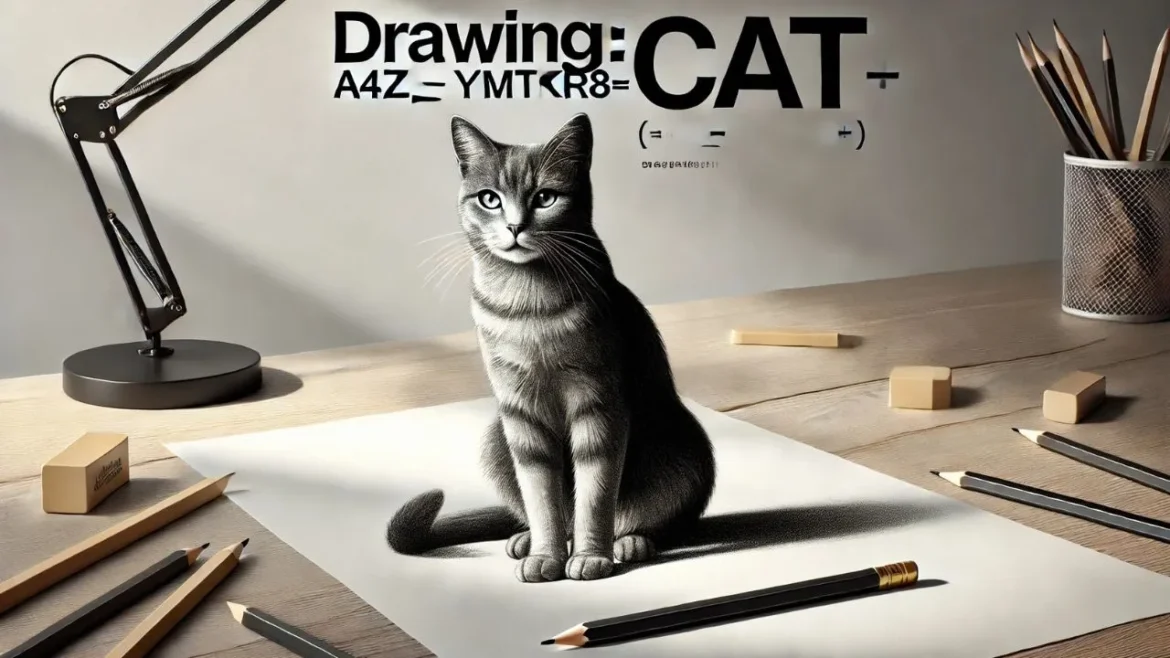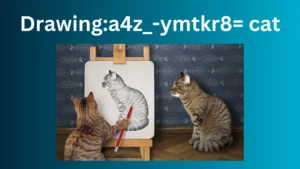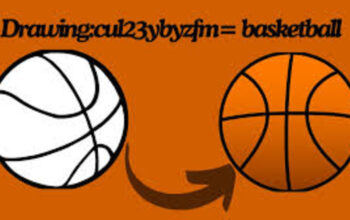
Introduction
Drawing cats has been a beloved activity for artists of all skill levels for centuries. Cats, with their sleek bodies, expressive faces, and graceful movements, have long been a favorite subject in art, ranging from ancient sculptures to modern digital illustrations. “Drawing:a4z_-ymtkr8= cat” may sound like a cryptic reference, but it can be seen as an expression of how diverse and personal the practice of cat drawing can be. Artists capture not only the physical form of these animals but also their personality, mystique, and charm through various techniques and styles.
Why Cats Are a Popular Subject in Drawing
Cats have a unique appeal that makes them such popular subjects in the art world. They are independent, elegant, and have distinctive features that are both challenging and rewarding for artists to capture. Their wide, curious eyes, soft fur, and the playful yet sometimes aloof behavior give artists much to explore and experiment with. Beyond the visual aspects, cats often symbolize mystery, intelligence, and independence in many cultures, adding layers of meaning to cat-inspired artwork. The simplicity of a cat’s form – its clean lines, soft curves, and graceful posture – allows both beginner and advanced artists to find joy in Drawing:a4z_-ymtkr8= cat them.
Starting with Simple Cat Sketches The Basics of Cat Anatomy
When learning how to draw a cat, it’s essential to understand the basics of cat anatomy. Drawing:a4z_-ymtkr8= cat have a sleek and flexible body that allows them to move with agility and precision. A good starting point for drawing a cat is to break its body down into simple shapes. Begin with an oval for the head, a larger oval for the torso, and smaller circles for the joints where the legs bend. These basic shapes serve as the framework for the final Drawing:a4z_-ymtkr8= cat. The most important part of cat drawing is getting the proportions right. Pay attention to the length of the legs, the curvature of the back, and the size of the head in relation to the body.
Drawing the Face of a Cat Capturing Expression and Detail
The face of a cat is one of its most recognizable and striking features. To draw a realistic or expressive cat face, start by sketching a circular or oval shape. Divide the circle into four sections by drawing a horizontal and vertical guideline through the center. These guidelines will help you place the eyes, nose, and mouth symmetrically. Cats’ eyes are large and almond-shaped, taking up a significant portion of their face. For most Drawing:a4z_-ymtkr8= cat, capturing the intensity or curiosity in their gaze is crucial to bringing the drawing to life. The eyes should have a strong sense of depth, with careful attention given to the pupil, which can change shape depending on the light and the cat’s mood.
Drawing a Cat’s Body Movement and Flexibility
 Once the head is sketched out, you can move on to Drawing:a4z_-ymtkr8= cat. Cats are known for their flexibility and elegant movement, and this should be reflected in your drawing. The spine of a cat is highly flexible, allowing it to arch its back when stretching or to curl up when resting. Incorporating these natural movements into your drawing can make your artwork feel more dynamic and lifelike. Start by connecting the head to the body using smooth lines that suggest the curve of the neck and back. Pay attention to the cat’s posture. Is the cat sitting, stretching, or prowling? Each pose will require different proportions and angles. If the cat is sitting, for instance, you’ll need to focus on the alignment of the legs and how they fold under the body.
Once the head is sketched out, you can move on to Drawing:a4z_-ymtkr8= cat. Cats are known for their flexibility and elegant movement, and this should be reflected in your drawing. The spine of a cat is highly flexible, allowing it to arch its back when stretching or to curl up when resting. Incorporating these natural movements into your drawing can make your artwork feel more dynamic and lifelike. Start by connecting the head to the body using smooth lines that suggest the curve of the neck and back. Pay attention to the cat’s posture. Is the cat sitting, stretching, or prowling? Each pose will require different proportions and angles. If the cat is sitting, for instance, you’ll need to focus on the alignment of the legs and how they fold under the body.
Understanding Light and Shadow Adding Depth to Your Cat Drawing
To make your cat Drawing:a4z_-ymtkr8= cat stand out and appear more realistic, mastering light and shadow is key. Shadows give dimension to the body, highlighting the curves and structure of the cat. Depending on the light source in your drawing, you’ll need to determine where the shadows fall, such as under the chin, along the sides of the body, and beneath the tail. Shading also helps to differentiate the different textures of a cat’s body. For instance, the fur around the stomach might be fluffier and require softer, more dispersed shading, while the sleek fur along the back can be rendered with sharper contrasts and smoother strokes. The eyes, often the focal point of any cat drawing, should be shaded to give the impression of light reflecting off the pupils, creating a sense of liveliness.
Different Artistic Styles for Drawing:a4z_-ymtkr8= cat
One of the fascinating aspects of Drawing:a4z_-ymtkr8= cat is the wide variety of artistic styles that can be applied to them. Some artists prefer a realistic approach, focusing on capturing every hair and muscle to create lifelike portraits of their feline subjects. This style requires attention to detail, patience, and a deep understanding of cat anatomy. On the other hand, many artists enjoy experimenting with more stylized or cartoonish representations of cats. These drawings often feature exaggerated features, such as large eyes or oversized heads, to emphasize the cute and playful nature of cats. Simplified, bold lines and bright colors can bring a sense of whimsy and personality to the drawing, making it more accessible to a broader audience.
Drawing Cats in Motion Dynamic Poses and Action Shots
Cats are known for their agility and speed, making them ideal subjects for dynamic action Drawing:a4z_-ymtkr8= cat. Capturing a cat mid-leap, pouncing on a toy, or stretching out after a nap can add a sense of movement and energy to your artwork. When drawing a cat in motion, it’s important to focus on the flow and direction of the body. Pay attention to the way the legs extend, the spine arches, and the tail moves with the motion. Sketching out the basic form of the cat with loose, fluid lines before adding detail can help create a sense of dynamism in the final drawing. For action shots, studying reference photos or watching videos of cats in motion can be helpful.
Conclusion
Drawing:a4z_-ymtkr8= cat offers endless possibilities for artistic expression, whether you’re a beginner practicing simple sketches or an experienced artist experimenting with complex compositions. Cats, with their elegance, playfulness, and mystique, continue to inspire artists across various styles and mediums. Whether you choose to focus on realism, abstraction, or a more whimsical cartoon style, the key to drawing cats is to capture their spirit. Through practice, observation, and creativity, you can bring these beloved animals to life on paper and explore the many facets of feline beauty.
You May Also Read: Aesthetic:u1p3guqnx8w= wallpaper


